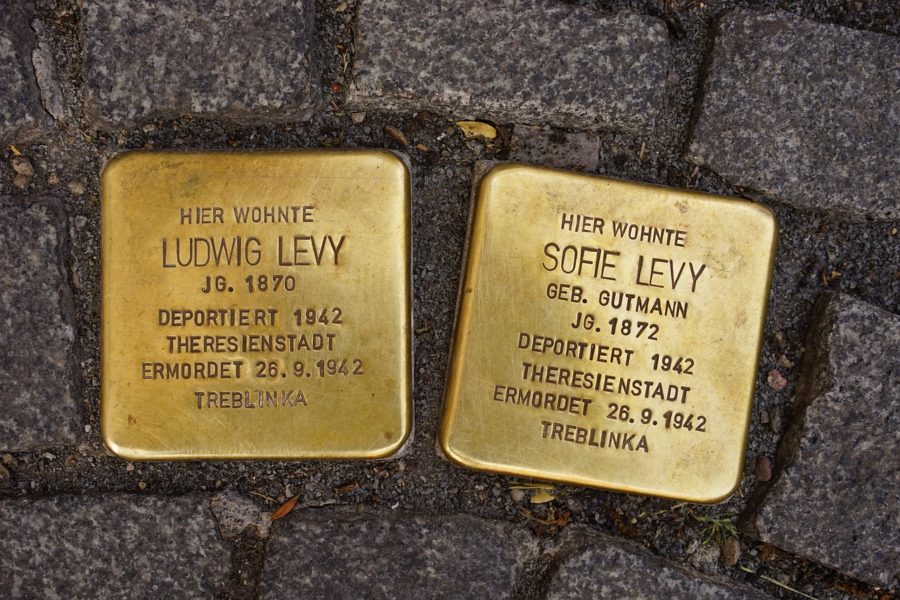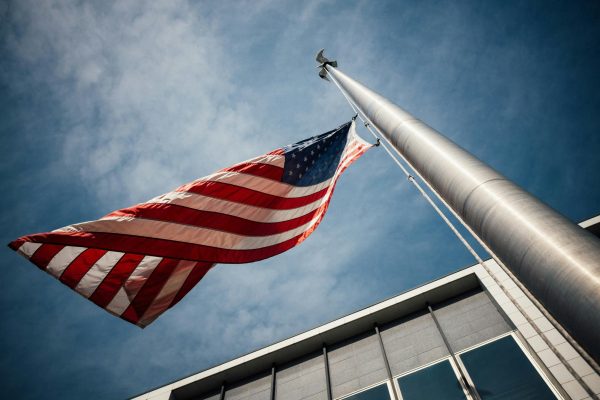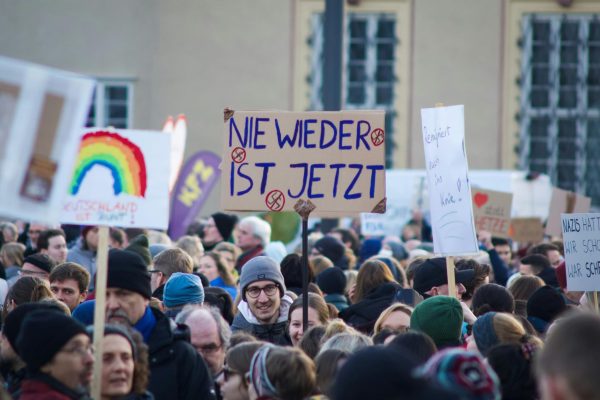Stolpersteine – Unique Holocaust memorial
“Those who cannot remember the past are condemned to repeat it”. The Holocaust has marked its place in history as a stark reminder of the depths of evil that humanity is capable of. Despite the scale on which the Holocaust occurred, the knowledge and awareness about it has reached historic lows among Western Nations and the world in general.
The rise in Holocaust denial and a decline in knowledge is occurring on a multi-level aspect, including, for instance, state sponsored Holocaust revisionism, a rise in conspiracy theories spurred on by social media, and a failure by school systems to educate society’s young on the horrors of the Holocaust – all presenting a disturbing view of the future.
Studies have shown alarming levels of a lack of holocaust knowledge among the younger generations. Within the US, 63% of Gen Z and Millenials do not know the approximate number of Jews murdered in the Holocaust. Its schools have shown systematic issues in teaching such an issue, with just 16 out of 50 states including the Holocaust as part of their school curriculum.
Europe’s distortion of the Holocaust is increasing as a symptom of its increasing nationalism, erosion of democratic norms and institutions, and increasing political polarization. Within Poland, a law passed in 2018 made it a criminal offence to suggest that Poland played any role as a collaborator in the Holocaust, despite evidence to the contrary. Within Hungary, the government has attempted to defend the image of its war criminals, going as far as erecting a statue Miklos Horthy, the anti-semitic regent of Hungary during the War who was responsible for promoting the Holocaust within Hungary.
The fight against Holocaust denial and revisionism is only increasing in importance as time goes on. Memorials are key in the effort to increase the awareness the Holocaust, educate our youth and make sure we as a society never forget.
One type of Memorial, the Stolpersteine, is an opportunity to challenge the threat of revisionism. Stolpersteine, known as “stumbling blocks”, are small, brass plaques embedded in the ground in front of the former homes of victims of the Holocaust. They contain the name, birth and fate of Holocaust victims. More than 90,000 have been laid all over Europe, mostly in Germany. Stolpersteine present a number of advantages to traditional monuments.
“The death of one man is a tragedy. The death of millions is a statistic”
Famously misattributed to Stalin, this quote presents the limitations of human empathy. Stolpersteine strips the pre-conceived notions that many people have of the Holocaust as a distant historical occurrence, giving an identity to the millions of different individuals rather than seeing it just a historical statistic. Their location all over Europe’s towns and cities act as a poignant reminder of how the victims of the Holocaust were every day people living in the same streets and apartments as us. Its unique function helps us conceptualize the sheer scale of the Holocaust.
One key aspect of this monument is the role it plays in local communities. Many cities and towns, such as Bad Homburg, organize cleanups of the monuments with local schools. Such joint cleaning campaigns help make the Holocaust more personal and impactful to the individuals who participate, transforming Holocaust education from an in-class lecture to a real-life activity.
Fighting the distortion and denial of the Holocaust starts with the future of our society: the students who will be our next political leaders, workers, and voters. Stolpersteine represent a unique opportunity to bring awareness of the Holocaust to our doorstep, integrating them into our society as a permanent reminder.





